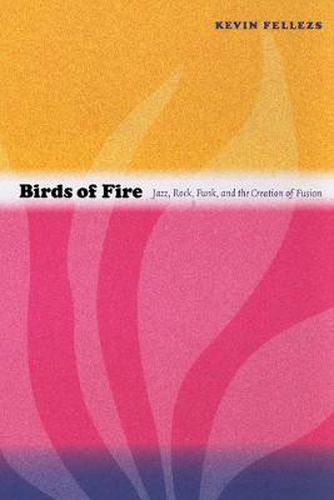Readings Newsletter
Become a Readings Member to make your shopping experience even easier.
Sign in or sign up for free!
You’re not far away from qualifying for FREE standard shipping within Australia
You’ve qualified for FREE standard shipping within Australia
The cart is loading…






Birds of Fire brings overdue critical attention to fusion, a musical idiom that emerged as young musicians blended elements of jazz, rock, and funk in the late 1960s and 1970s. At the time, fusion was disparaged by jazz writers and ignored by rock critics. In the years since, it has come to be seen as a commercially driven jazz substyle. Fusion never did coalesce into a genre. In Birds of Fire, Kevin Fellezs contends that hybridity was its reason for being. By mixing different musical and cultural traditions, fusion artists sought to disrupt generic boundaries, cultural hierarchies, and critical assumptions. Interpreting the work of four distinctive fusion artists-Tony Williams, John McLaughlin, Joni Mitchell, and Herbie Hancock-Fellezs highlights the ways that they challenged convention in the 1960s and 1970s. He also considers the extent to which a musician can be taken seriously as an artist across divergent musical traditions. Birds of Fire concludes with a look at the current activities of McLaughlin, Mitchell, and Hancock; Williams’s final recordings; and the legacy of the fusion music made by these four pioneering artists.
$9.00 standard shipping within Australia
FREE standard shipping within Australia for orders over $100.00
Express & International shipping calculated at checkout
Birds of Fire brings overdue critical attention to fusion, a musical idiom that emerged as young musicians blended elements of jazz, rock, and funk in the late 1960s and 1970s. At the time, fusion was disparaged by jazz writers and ignored by rock critics. In the years since, it has come to be seen as a commercially driven jazz substyle. Fusion never did coalesce into a genre. In Birds of Fire, Kevin Fellezs contends that hybridity was its reason for being. By mixing different musical and cultural traditions, fusion artists sought to disrupt generic boundaries, cultural hierarchies, and critical assumptions. Interpreting the work of four distinctive fusion artists-Tony Williams, John McLaughlin, Joni Mitchell, and Herbie Hancock-Fellezs highlights the ways that they challenged convention in the 1960s and 1970s. He also considers the extent to which a musician can be taken seriously as an artist across divergent musical traditions. Birds of Fire concludes with a look at the current activities of McLaughlin, Mitchell, and Hancock; Williams’s final recordings; and the legacy of the fusion music made by these four pioneering artists.